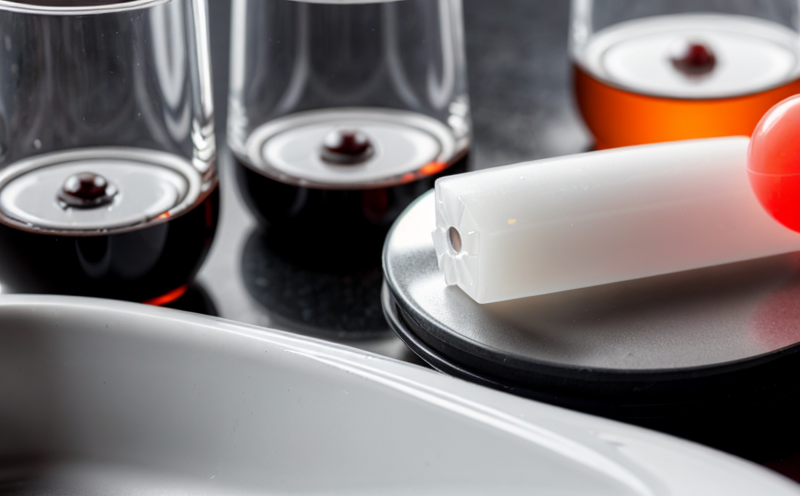ISO 16000 Nanoparticle Size Analysis in Indoor Air Particulate Matter
The ISO 16000-9 standard provides a comprehensive approach to measuring nanoparticles in indoor air particulate matter, which is crucial for assessing the safety and health impacts on occupants. This service focuses on analyzing the size distribution of airborne nanoparticles using advanced measurement techniques as specified by the standard.
Indoor air quality has become an increasingly important concern due to its direct impact on human health. Nanoparticles in particulate matter can penetrate deep into the lungs and bloodstream, leading to respiratory issues and other serious health problems. The ISO 16000-9 protocol is designed specifically for this purpose, ensuring accurate measurement of nanoparticle sizes down to sub-nanometer levels.
The testing process involves several key steps:
- Sampling: Air samples are collected using specialized equipment that can trap nanoparticles without altering their size or shape.
- Suspension: The sampled particulate matter is suspended in a suitable medium for further processing.
- Centrifugation: Samples are centrifuged to separate different sizes of particles, allowing for precise measurement.
- Measurement: Particle size distribution is determined using laser diffraction or scanning electron microscopy (SEM) techniques.
The results provide detailed information about the nanoparticle concentration and size spectrum in indoor air. This data is invaluable for identifying potential sources of nanoparticles, assessing exposure risks, and implementing effective mitigation strategies.
Our laboratory adheres strictly to ISO 16000-9 guidelines throughout every step of the process, ensuring reliability and accuracy. We utilize state-of-the-art instrumentation such as laser diffraction analyzers and scanning electron microscopes to achieve precise measurements. Reporting includes comprehensive data on particle size distribution along with statistical analysis for easy interpretation by clients.
By offering this service, we contribute significantly to enhancing indoor air quality management practices across various sectors including residential buildings, commercial offices, schools, hospitals, and other enclosed spaces where people spend considerable time indoors.
Benefits
- Comprehensive assessment of nanoparticle concentrations in indoor air.
- Precise measurement capabilities down to sub-nanometer levels.
- Identification of potential sources contributing to nanoparticle pollution.
- Aid in compliance with regulatory requirements for occupational health and safety.
- Informed decision-making regarding necessary interventions to improve air quality.
Eurolab Advantages
- State-of-the-art facilities equipped with cutting-edge technology for accurate measurements.
- A team of experienced professionals trained specifically in ISO 16000-9 protocols.
- Dedicated customer support to ensure smooth service delivery and quick turnaround times.
- Comprehensive reporting tailored to meet individual client needs.
Competitive Advantage and Market Impact
EuroLab's expertise in ISO 16000-9 nanoparticle size analysis sets us apart from competitors by providing unparalleled accuracy, reliability, and efficiency. This service plays a pivotal role in driving improvements in indoor air quality across multiple sectors.
Our rigorous adherence to international standards ensures that our findings are credible and widely accepted within the scientific community. By offering this specialized testing, we help companies stay ahead of regulatory changes related to occupational health and safety while also enhancing their reputation among stakeholders.





